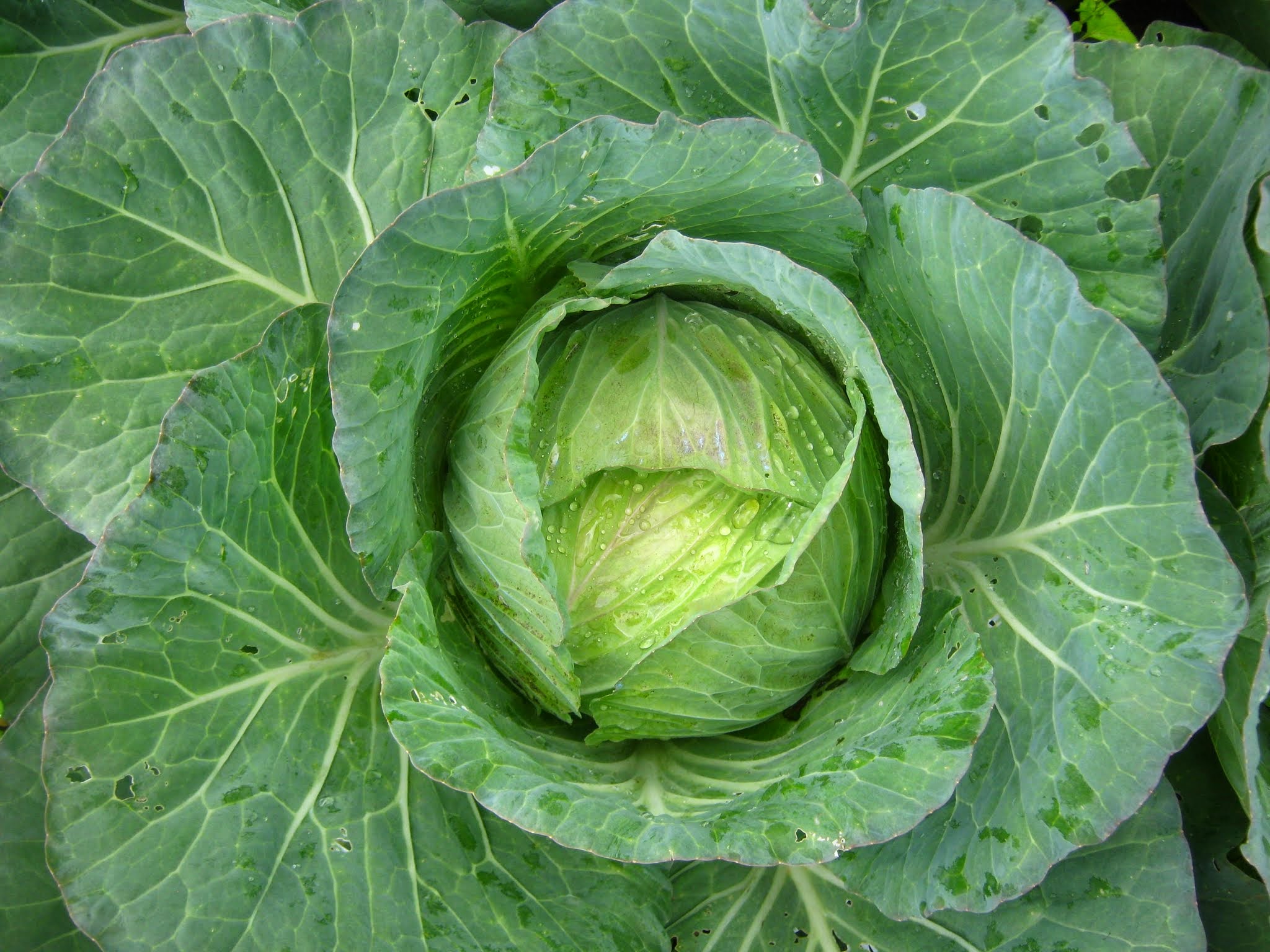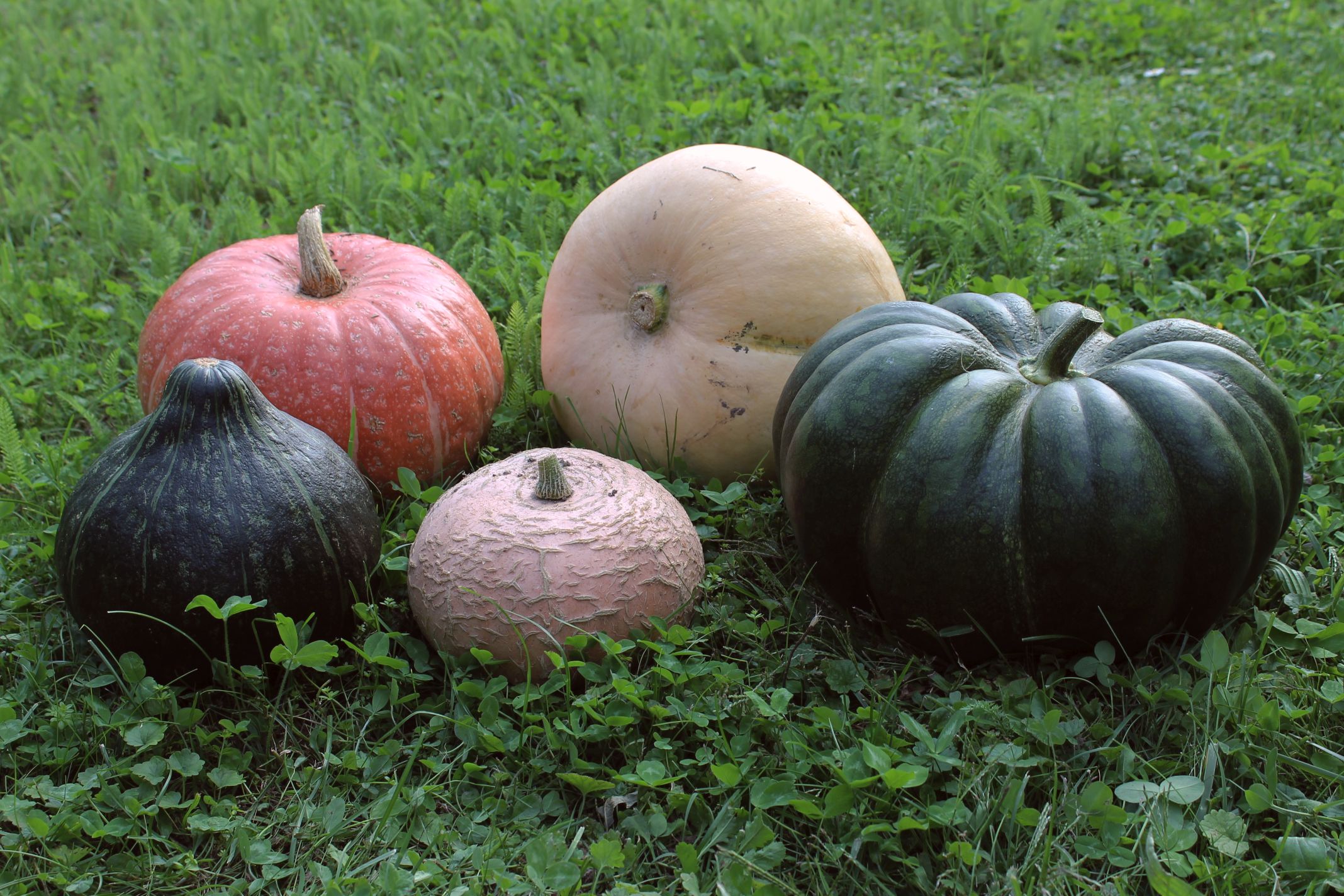|
Kuda, Dimapur
Kuda, formerly Nagarjan, is an Angami Naga village, located in the Dimapur District of the Indian state of Nagaland, India. As of 2011 census, Kuda had a total population of 16,108 inhabitants. Kuda is one of the oldest Naga villages in Dimapur area and one of the biggest in Nagaland. Being located on banks of the fertile Dhansiri, the village has been the main producer and supplier of fresh vegetables and fruits to Dimapur markets. The village post-statehood, had won many awards from the State's Agriculture Department for its hard work and productivity such as "Best Farmer", "Biggest Vegetable", etc during the Annual Agri Exhibitions, when often a single Pumpkin would yield a record 10 kg, Gourds 8 kg, Cabbage 5 kg, Papaya 5 kg, etc. History Kuda village was established in 1941. It was previously known as 'Nagarjan' but a resolution on 14 May 1999 by the Kuda Village Council officially changed the name to its present name. Geography Kuda is bounded by Dimapur to the ... [...More Info...] [...Related Items...] OR: [Wikipedia] [Google] [Baidu] |
Village
A village is a clustered human settlement or community, larger than a hamlet but smaller than a town (although the word is often used to describe both hamlets and smaller towns), with a population typically ranging from a few hundred to a few thousand. Though villages are often located in rural areas, the term urban village is also applied to certain urban neighborhoods. Villages are normally permanent, with fixed dwellings; however, transient villages can occur. Further, the dwellings of a village are fairly close to one another, not scattered broadly over the landscape, as a dispersed settlement. In the past, villages were a usual form of community for societies that practice subsistence agriculture, and also for some non-agricultural societies. In Great Britain, a hamlet earned the right to be called a village when it built a church. [...More Info...] [...Related Items...] OR: [Wikipedia] [Google] [Baidu] |
Angami Naga
The Angamis are a major Naga ethnic group native to the Northeast Indian state of Nagaland. The Angami Nagas are predominantly settled in Kohima District, Chümoukedima District and Dimapur District of Nagaland and are also recognized as one of the ethnic groups in the state of Manipur. The Angamis are divided into four regions namely Chakhro Angami, Northern Angami, Southern Angami and Western Angami. The now separated Chakhesangs were previously known as the Eastern Angamis. Division The territory of the Angamis is mostly located in the present Kohima, Chümoukedima and Dimapur District of Nagaland with a part of its territory also lying in the Senapati District of Manipur. The territory is divided into four regions : Southern Angami This region also known as ''Japfüphiki'' is bounded on the south by the Mao Nagas, on the southwest by the Maram Nagas, on the west by the Zeliangrongs, on the northwest by the Western Angamis, on the north by the Northern Angamis, ... [...More Info...] [...Related Items...] OR: [Wikipedia] [Google] [Baidu] |
Kiyanilie Peseyie
Kiyanilie Peseyie (1 August 1941 – 27 September 2017) was an Indian politician from Nagaland, India who served as the speaker of the Nagaland Legislative Assembly. Government Service Between 1971 and 2002 he was in government service. He took voluntary retirement as the Additional Commissioner of Excise, Nagaland and entered politics. Political career In 2003 he was elected to the Legislative Assembly of Nagaland, as the Naga People's Front candidate in the constituency Western Angami ( ST). After the election, he was elected as Speaker of the Legislative Assembly. He retained his constituency in the 2008 election, and was then elected Speaker for a second term. In 2013 he was made the Minister for Public Health Engineering after retaining his constituency for a third time however in a minor reshuffle he was made the minister for Social Security & Welfare Department and Parliamentary Affairs. He was appointed as the Chief Whip of the Naga People’s Front Legislature. He was ... [...More Info...] [...Related Items...] OR: [Wikipedia] [Google] [Baidu] |
Chief Minister Of Nagaland
The chief minister of Nagaland is the chief executive of the Indian state of Nagaland. As per the Constitution of India, the governor is a state's ''de jure'' head, but ''de facto'' executive authority rests with the chief minister. Following elections to the Nagaland Legislative Assembly, the state's governor usually invites the party (or coalition) with a majority of seats to form the government. The governor appoints the chief minister, whose council of ministers are collectively responsible to the assembly. Given that he has the confidence of the assembly, the chief minister's term is for five years and is subject to no term limits.Durga Das Basu. ''Introduction to the Constitution of India''. 1960. 20th Edition, 2011 Reprint. pp. 241, 245. LexisNexis Butterworths Wadhwa Nagpur. . Note: although the text talks about Indian state governments in general, it applies for the specific case of Nagaland as well. Since 1963, eleven people belonging to seven parties have served as C ... [...More Info...] [...Related Items...] OR: [Wikipedia] [Google] [Baidu] |
Thepfülo-u Nakhro
Thepfülo-u Nakhro (T. N.) Angami (1913 – 1986) was an Indian politician from Nagaland who served as the first Speaker of the Nagaland Legislative Assembly and the second Chief Minister of the North East Indian state of Nagaland. Early life T.N. Angami was born the son of V N Angami in Jotsoma village near Kohima in a wealthy Angami Naga family in 1913. He was schooled in Kohima, Jorhat and Shillong. He served as a Store Keeper in the Indian Army during the Second World War. From 1946, he worked in the office of the Deputy Commissioner of the Naga Hills District for five years. Political career Angami began his political life in 1951 when he resigned from his job as an office assistant to join the Naga National Council, an organisation that he went on to head as its president. Later, as the Council under Angami Zapu Phizo took to armed rebellion against the Government of India, Angami opposed Phizo and, in 1957, formed the Reforming Committee of the Naga National Council ... [...More Info...] [...Related Items...] OR: [Wikipedia] [Google] [Baidu] |
Nagaland Post
''Nagaland Post'' is an English newspaper published from Dimapur in Nagaland in India. Nagaland Post was established on December 3, 1990, and is currently a 12-page English daily based in Dimapur, Nagaland. According to space requirements, the newspaper is occasionally increased to 16 pages, except on Sundays. The newspaper adds a four-page supplement every Sunday called "Sunday Post" with the regular 12 page newspaper. It is the first and highest circulated daily newspaper of Nagaland state and also the first newspaper in Nagaland to be published in multi-colour. History {{Empty section, date=January 2022 Publication It is the first and highest circulated daily newspaper of Nagaland state and also the first newspaper in Nagaland to be published in multi-colour. See also * List of newspapers in Nagaland External linksOfficial website [...More Info...] [...Related Items...] OR: [Wikipedia] [Google] [Baidu] |
Papaya
The papaya (, ), papaw, () or pawpaw () is the plant species ''Carica papaya'', one of the 21 accepted species in the genus '' Carica'' of the family Caricaceae. It was first domesticated in Mesoamerica, within modern-day southern Mexico and Central America. In 2020, India produced 43% of the world supply of papayas. Etymology The word ''papaya'' comes from Arawak via Spanish, this is also where ''papaw'' and ''pawpaw'' come from. Description The papaya is a small, sparsely branched tree, usually with a single stem growing from tall, with spirally arranged leaves confined to the top of the trunk. The lower trunk is conspicuously scarred where leaves and fruit were borne. The leaves are large, in diameter, deeply palmately lobed, with seven lobes. All parts of the plant contain latex in articulated laticifers. Flowers Papayas are dioecious. The flowers are five-parted and highly dimorphic; the male flowers have the stamens fused to the petals. The female flowers ... [...More Info...] [...Related Items...] OR: [Wikipedia] [Google] [Baidu] |
Cabbage
Cabbage, comprising several cultivars of '' Brassica oleracea'', is a leafy green, red (purple), or white (pale green) biennial plant A biennial plant is a flowering plant that, generally in a temperate climate, takes two years to complete its biological life cycle. Life cycle In its first year, the biennal plant undergoes primary growth, during which its vegetative structures ... grown as an annual vegetable crop for its dense-leaved heads. It is descended from the wild cabbage ( ''B. oleracea'' var. ''oleracea''), and belongs to the " cole crops" or brassicas, meaning it is closely related to broccoli and cauliflower (var. ''botrytis''); Brussels sprouts (var. ''gemmifera''); and Savoy cabbage (var. ''sabauda''). A cabbage generally weighs between . Smooth-leafed, firm-headed green cabbages are the most common, with smooth-leafed purple cabbages and crinkle-leafed savoy cabbages of both colours being rarer. Under conditions of long sunny days, such as those found a ... [...More Info...] [...Related Items...] OR: [Wikipedia] [Google] [Baidu] |
Gourd
Gourds include the fruits of some flowering plant species in the family Cucurbitaceae, particularly '' Cucurbita'' and '' Lagenaria''. The term refers to a number of species and subspecies, many with hard shells, and some without. One of the earliest domesticated types of plants, subspecies of the bottle gourd, ''Lagenaria siceraria'', have been discovered in archaeological sites dating from as early as 13,000 BCE. Gourds have had numerous uses throughout history, including as tools, musical instruments, objects of art, film, and food. Terminology ''Gourd'' is occasionally used to describe crop plants in the family Cucurbitaceae, like pumpkins, cucumbers, squash, luffa, and melons. More specifically, ''gourd'' refers to the fruits of plants in the two Cucurbitaceae genera '' Lagenaria'' and '' Cucurbita'', or also to their hollow, dried-out shell. There are many different gourds worldwide. The main plants referred to as gourds include several species from the genus ''Cu ... [...More Info...] [...Related Items...] OR: [Wikipedia] [Google] [Baidu] |
Pumpkin
A pumpkin is a vernacular term for mature winter squash of species and varieties in the genus '' Cucurbita'' that has culinary and cultural significance but no agreed upon botanical or scientific meaning. The term ''pumpkin'' is sometimes used interchangeably with "squash" or "winter squash", and is commonly used for cultivars of '' Cucurbita argyrosperma'', '' Cucurbita ficifolia'', '' Cucurbita maxima'', '' Cucurbita moschata'', and '' Cucurbita pepo''. Native to North America (northeastern Mexico and the southern United States), ''C. pepo'' pumpkins are one of the oldest domesticated plants, having been used as early as 7,000 to 5,500 BC. Today, pumpkins of varied species are widely grown for food, as well as for aesthetic and recreational purposes. The pumpkin's thick shell contains edible seeds and pulp. Pumpkin pie, for instance, is a traditional part of Thanksgiving meals in Canada and the United States, and pumpkins are frequently carved as jack-o'-lanterns for de ... [...More Info...] [...Related Items...] OR: [Wikipedia] [Google] [Baidu] |
Dhansiri
The Dhansiri is a river of Golaghat District of Assam and the Chümoukedima District and Dimapur District of Nagaland. It originates from ''Laisang peak'' of Nagaland. It flows through a distance of from south to north before joining the Brahmaputra on its south bank. Its total catchment area is . While flowing as the boundary between Karbi Anglong and Nagaland, it flanks a large wilderness very rich in wildlife. On one side is the Dhansiri Reserved Forest and on the other Intanki National Park. It has several types of important wood bearing trees along its bank like Intanki Forest. Dhansari river along with Kapili by headward erosion has completely isolated the Mikir hills from the Peninsular plateau. There are numerous perennially waterlogged swampy region locally known as bils associated with this river. In Ahom Buranjis, it is mentioned as ''Khe-Nam-Ti-Ma'' which means A river coming from watery place. (Khe = A river, Nam = Water, Ti = Place, Ma = Coming) Fishes A f ... [...More Info...] [...Related Items...] OR: [Wikipedia] [Google] [Baidu] |






